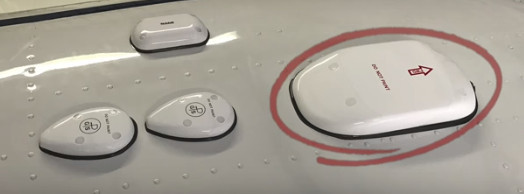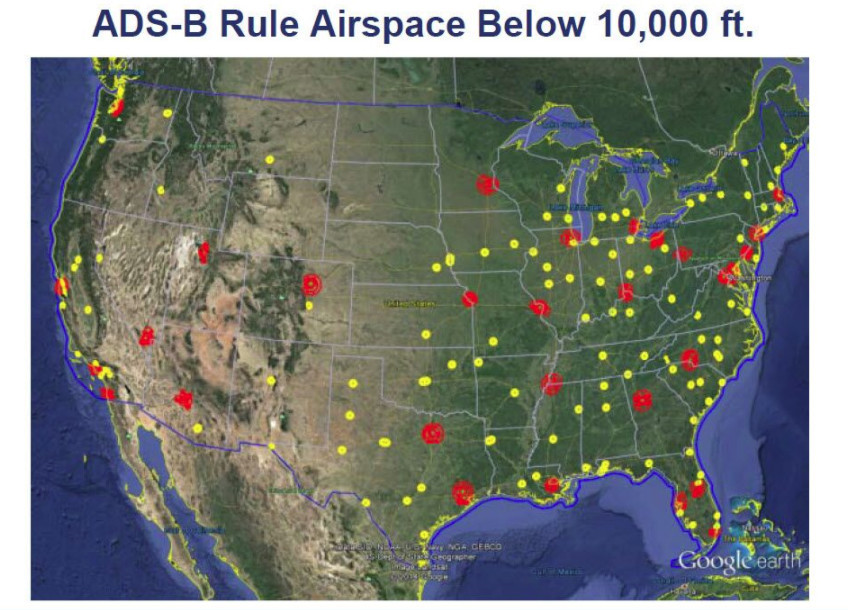Bobo wrote:
I’ve got a quote of € 12k for an installation of a gts800 in the Mooney M20K, sounds fair?
Is that with or sans a full ADS-B transponder such as the GTX 345 ?
Without, they need to send my xponder to Garmin for that at 1.495 US Dollars cost and three hours labour.
they need to send my xponder to Garmin for that at 1.495 US Dollars cost and three hours labour.
Is that a GTX330 upgrade to the ES version?
Peter wrote:
Is that a GTX330 upgrade to the ES version?
That is correct
This is a very nice PIREP on installation of Lynx NGT 9000+, which is an integrated combination od ADS-B in/out plus ACTIVE traffic:
It includes very nice animation explaining both ADS-B In/Out and Active Traffic.
That’s some PIREP !
The author, Martin Pauly is a very well known Beech owner and forum contributor.
Interesting video. I make some observations:
He implies that airliners can see GA’s ADS-B, which I believe is not correct currently. Big jet TCAS is purely Mode C based. This doesn’t matter since in Europe at least you cannot have ADS-B OUT without Mode S. Airliners are required to have ADS-B OUT (in most places perhaps) but that’s not the same thing.
The Garmin GTS800 needs a GTX345 to do ADS-B.
The Lynx uses the large directional antenna as eventually after much effort identified and discussed here by @vref plus some other antenna from what I could see.

His other antennae are really close together and really close to the big Lynx one. This is really unusual for active TAS installations, although the antenna spacing requirements to other antennae in the Avidyne IM are practically impossible to comply with anyway, on most real-world planes.
The FAA gave you a $500 rebate if your system passes an airborne visibility test – till Sep 2017. Europe could learn from this (but of course it won’t since in Europe no carrot is required; a stick does the job).
The Lynx transponder has a nice traffic display, which is a good use of the transponder’s size, although most planes don’t have the transponder in the pilot’s main field of view. This guy does.
The touch screen sometimes did not work for a few minutes. There is apparently a software update!
I’m always amused when people say (as in the video) that ADS-B Out will be required in “most of the US airspace”, or all of it! Posting again what has been posted before, here is the map of affected airspace under 10,000 ft. Red is airspace associated with Class B areas, Yellow Class C, and aircraft without an engine driven electrical system are exempted in all but the core of those areas. It’s the same airspace and rules that currently apply to Mode C transponders in the US.

I happen to operate from right in the middle of a red area, so sometime late next year or early in 2020 I’ll be doing something on one of my planes (although not the other). Currently its looking like the UAT-based Garmin GDL 82 for $1800 will get my business, mainly because any A&P can do the installation, which means my installation cost will be very low. This doesn’t support ADS-B In, but I don’t need it: for VFR navigation, traffic and weather I’ll continue to want separate, portable equipment that can be upgraded at low cost.
I believe the requirement for ADS-B for the DC SFRA is depicted accurately on the map. All of the Class B areas have what are currently called Mode C veils that are larger than the core Class B area. That is what is shown on the map. Mostly these contain Class E airspace and will require ADS-B Out, although no ATC communication.